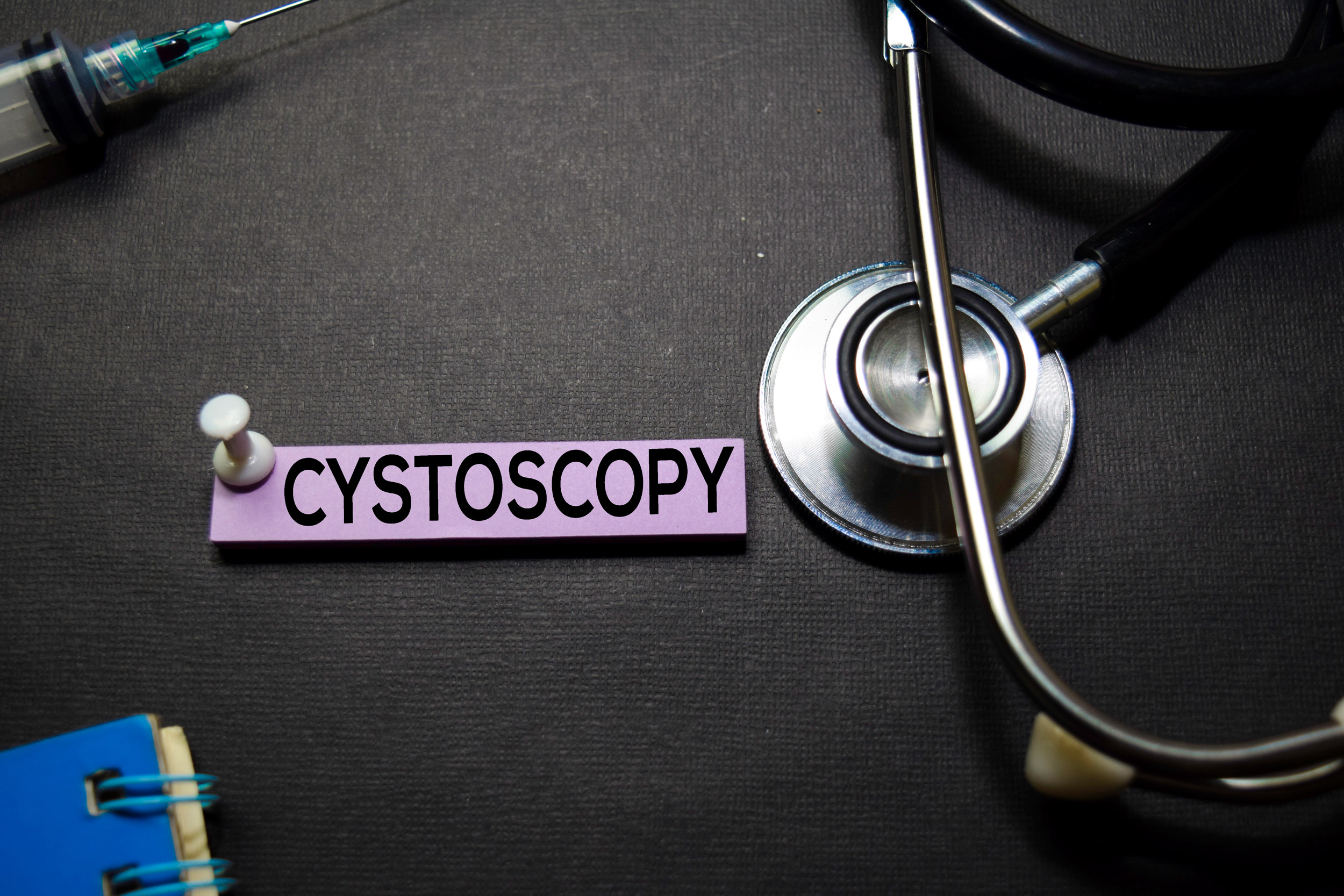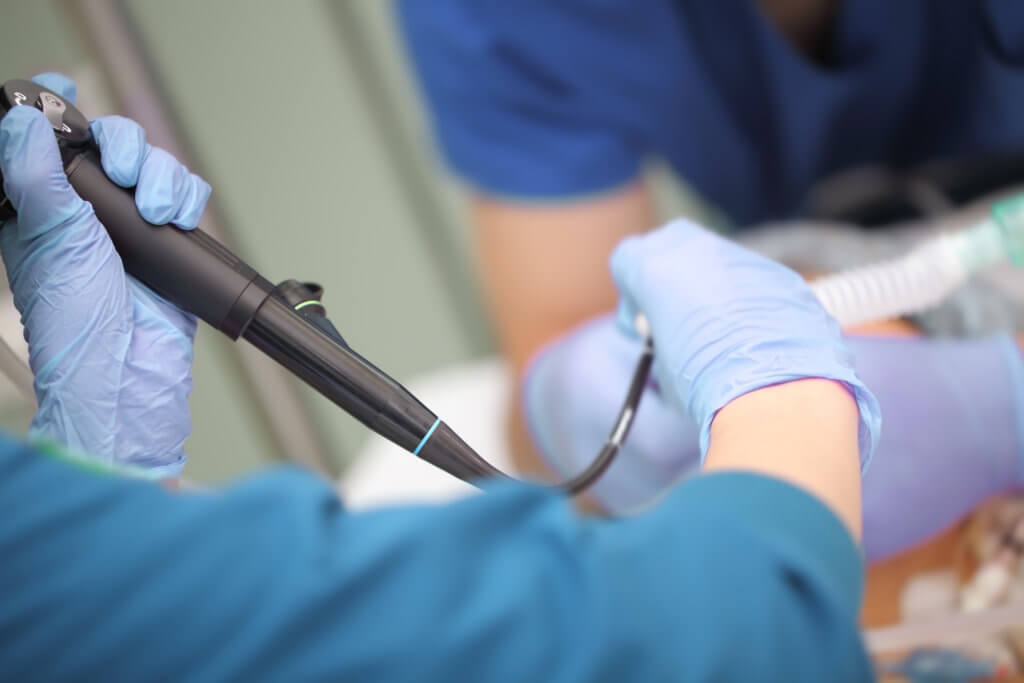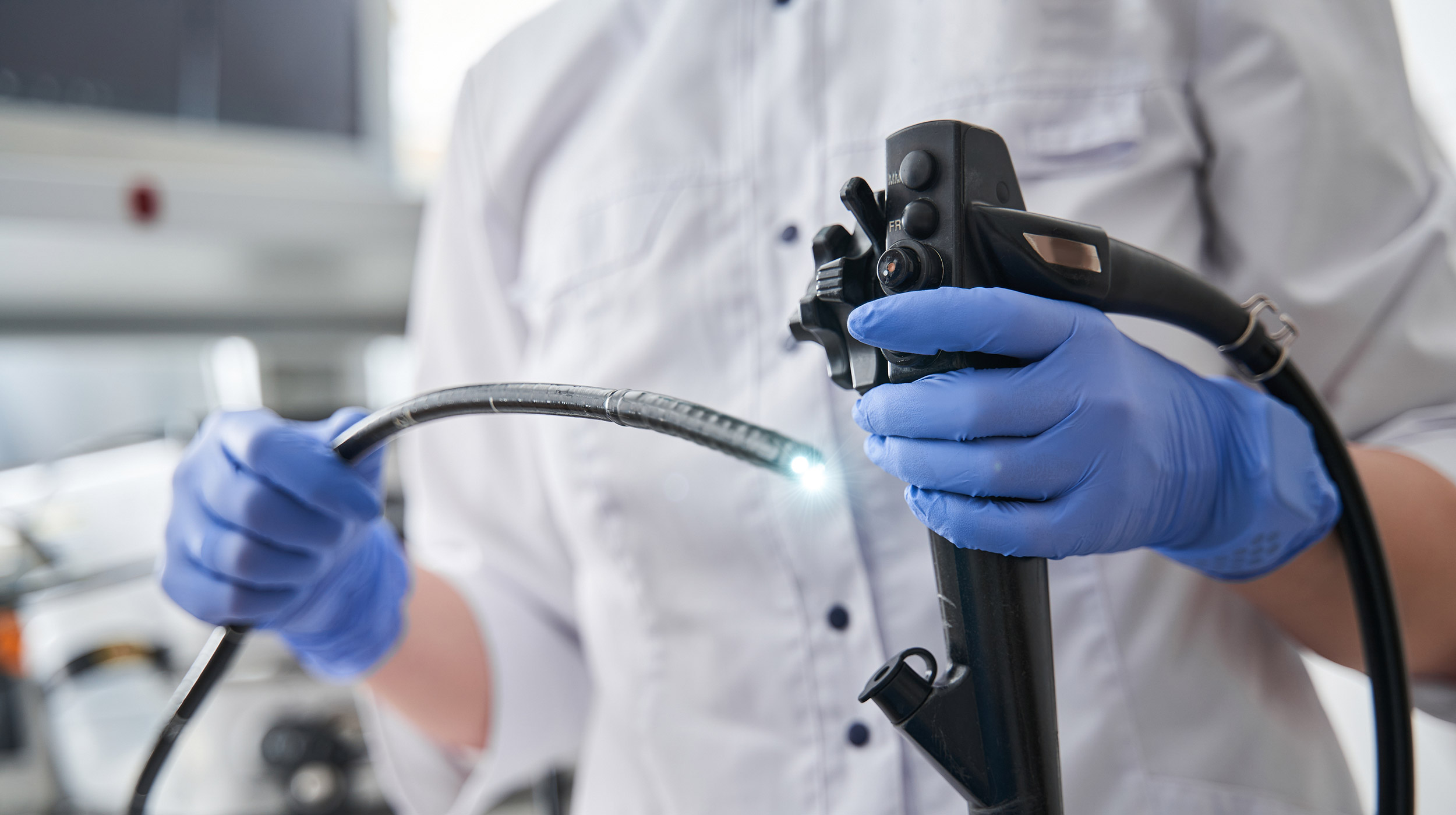
A urology department that performs between 70 and 80 diagnostic flexible cystoscopies each month saw its reusable cystoscopes too often failing leakage tests, resulting in service interruptions and patient appointment delays.
Urologists at a Saudi Arabian hospital decided to study the feasibility of using a new, disposable grasper incorporated flexible cystoscope off-label for diagnosing bladder cancer. At the time of the study, no single-use cystoscope was approved for this use in Saudi Arabia. The scope the urologists used had previously been clinically tested for removing ureteric stents.
The authors concluded the disposable grasper integrated cystoscope is comparable to a reusable cystoscope in detecting bladder cancer.
Between March 2016 and November 2018, 608 cystoscopy procedures were done with the reusable version and 603 cystoscopies were performed with the single-use scope. The reusable cystoscope detected cancer in 95 of 608 procedures (15.6%) and the single-use scope resulted in 88 cancer detections out of 603 (14.4%) cystoscopies. Protocols for surveillance at the authors’ hospital follow American Urological Association guidelines.
A reusable cystoscope was always available in case the urologist performing the procedure was uncomfortable in visualizing the entire bladder, but no session required it.
The hospital has between 15 and 20 reusable flexible cystoscopes in service at a given time and the manufacturer reprocessing instructions for use (IFU) call for sterilization using low heat hydrogen peroxide gas. The IFU’s vigorous reprocessing cycle led to the cystoscope failures and service interruptions, according to the study.
The hospital initially started using the single-use grasper incorporated scopes for J-stent removal. Around this time, the urology department had seen a number of reusable cystoscopes fail, leading to cystoscopy service disruptions. The new, single-use grasper incorporated scopes were “readily available over the shelf” and “met the expectation of simplifying the procedure logistics and moving it from the OR to the office.”
“These scopes were associated with cost reduction, less stent dwell time, less morbidity, and improved patient satisfaction,” the study’s authors wrote.
They documented their findings in Nature, a weekly scientific journal.
There were 549,000 new bladder cancer cases globally in 2018 and 200,000 deaths. Excluding skin cancer, it is the 10th most common cancer worldwide and the second most common cancer of the genitourinary tract only behind prostate cancer.


